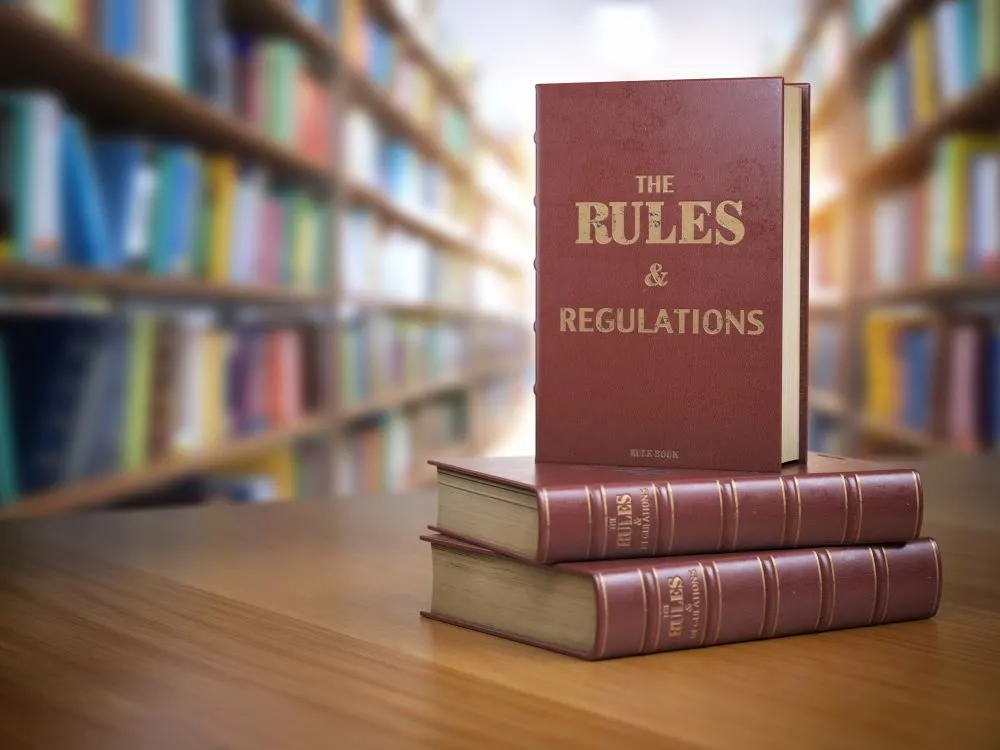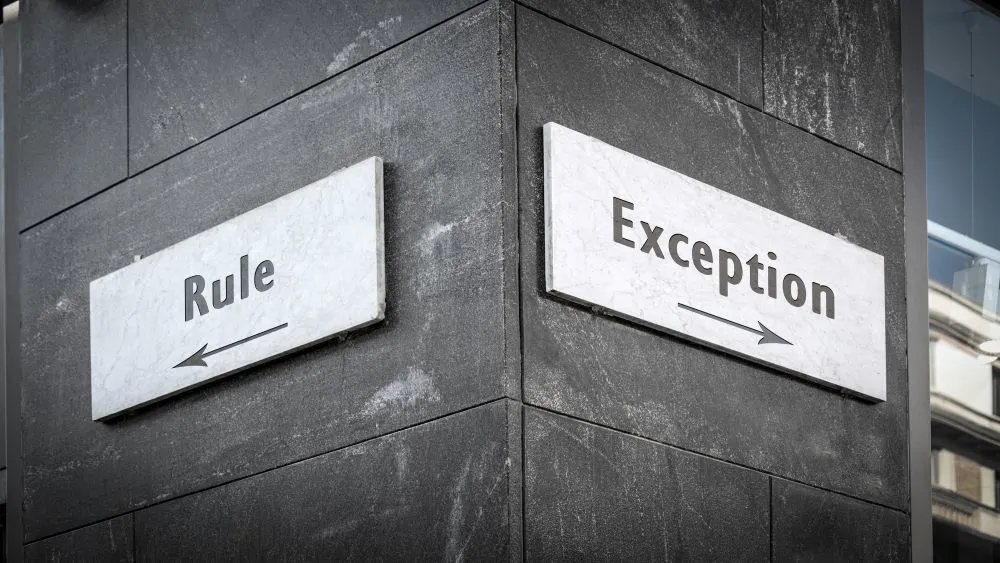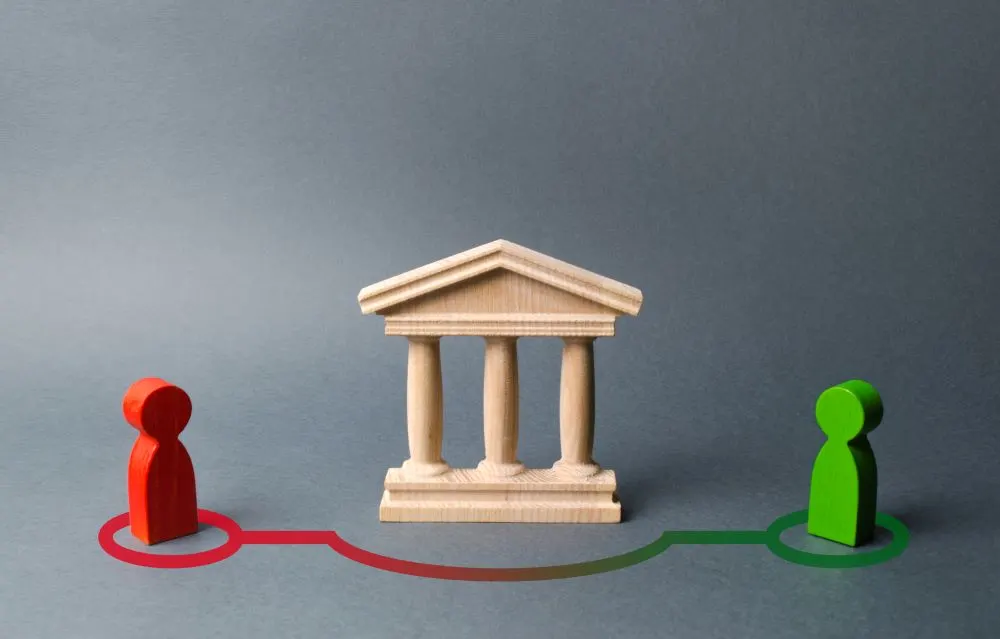Homeowners associations (HOA) are governed by a variety of principles. The three basic governing documents are the Declaration of Covenants, Conditions & Restrictions (CC&RS), the bylaws, and the Rules and Regulations. These documents cover distinct aspects of the community and changes made to them could either have a major or a minor effect on homeowners.
To make changes to the association’s laws, there are procedures that must be followed. One such procedure is an election. Though rules might differ from one association to another, there are some principles that every HOA must adhere to when making changes to its laws.

Minor, emergency, and state- or government-mandated changes to the HOA rules don’t require a vote. Minor changes can be revoked if enough of the homeowners are unhappy. The guidelines regarding what must be voted on are found in the bylaws, CC&Rs, and Rules and Regulations.
Rule Changing Set Out in Rules
The bylaws and CC&Rs are established by the developer at the inception of the association. The rules and regulations on the other hand are created by homeowners to appeal to the concerns and needs of residents.
The amendment of CC&Rs is mostly impacted by state laws, and making changes to the document might involve a grueling process.

HOA bylaws contain information on the process of changing the community’s bylaws. To successfully make changes to the bylaws and CC&Rs, the board and other association members should be informed of relevant state or city laws as well as the established bylaws of the association.
Rules and regulations aren’t as rigid as the CC&Rs and bylaws, so they can be changed periodically to suit the current demands of the community.
In some states, CC&Rs become obsolete after about 30 years. If it does, the board would have to either go through a process of amending or revitalizing the covenants. If the association decides to amend the declarations, they could make changes to the requirements for rule changes.
Small Changes May Not Require Vote
Changes that do not have a huge impact on the residents might not require a vote. Instead, the board could discuss the issue, make a decision, and then relay the information to the membership. However, if most of the members are opposed to the decision, it might have to be reviewed.
Although the membership might not be actively involved in the decision, they’d have to be informed before the implementation of the change.
In line with existing bylaws, members should be informed of the proposed change(s) within 10-30 days before it is implemented.
In some situations, it might be unnecessary to go through the hassle of setting up an election. For instance, the board can make changes to the method of recycling trash if the current method is no longer effective.
Emergency Changes May Not Require Vote
In emergency situations, the board can make changes to the rules and even implement them before notifying homeowners.
For instance, if there is an imminent threat to the health or safety of residents, the situation would be too time-sensitive to get the membership involved. The Covid-19 pandemic, for example, has forced so many HOAs to amend their rules regarding the use of shared amenities like the swimming pool, parks, gym, etc.

However, the membership should be informed of the change so that they’re not caught off-guard.
Another scenario that would require immediate implementation of rules is situations where the change is necessitated by emergency developments in federal or state laws. Federal and state laws override every HOA rule, so all relevant dictates would have to be followed.
The fact that they are emergency decisions doesn’t mean that thought isn’t invested in the process. The board would have to speedily discuss and then decide on the best course of action.
Emergency rules typically last for up to 120 days except for specific situations that require shorter or longer time frames. Homeowners should be sent a detailed brief explaining the reason and purpose of the rule change as well as the duration of the change.
All Major Changes Require a Vote
Changes to the bylaws and Declarations of the association would require a majority vote by the membership.
Typically, the board proposes a change to the membership after they have deliberated on it. This could be done during the regular meetings or the board could schedule a special meeting targeted at discussing the proposed change(s). After that, it is put to a vote.
For an election to be viable it has to be conducted in line with the relevant bylaws of the association. Failure to comply with the rules could make the result invalid. For instance, if the required quorum for an election is 50% and the election is conducted with a turnout of just 30%, the result of the election can be brought into question.
To avoid mutiny or grumbling from the membership, all major changes to the rules and bylaws of the association should be put to a vote. That way, even if some homeowners aren’t satisfied with the decision, they would have to hold their peace because the change was made by a consensus of the membership, or rather a majority of the membership. To ignore a rule just because you didn’t vote it in will elicit consequences.

Prior to the election day, homeowners should be informed of the date and the reason for the proceeding.
Unit owners can also propose changes to the board. If other homeowners are in agreement with the proposition, an election could be arranged.
Voting Majority Can Differ
Every HOA has its bylaws, which are usually created upon the establishment of the body. The specifics and formalities of the electoral process are contained in this document.
The voting majority will vary from one HOA to another and factors like the size of the association and the purpose of the voting proceedings might also affect the number of votes required.
For instance, while an election regarding the number of pets homeowners can own might require a two-thirds majority vote, an election about how often meetings should hold might demand three-quarters vote from the membership. The most important thing is for a significant portion of the membership to agree with the proposed change.
The typical majority percentage in most HOAs is between two-thirds or three-quarters of the membership.
Another factor that could affect the voting process is the required quorum for the commencement of an election. If the association’s bylaws stipulate the quorum for a specific election, the association would have to adhere to it. If the membership is dissatisfied with the quorum, it can be changed through an election.
What to Do if HOA Changes Rule Without Vote
The HOA board is established to aid the smooth implementation of the community’s rules, which exist to create a neighborhood that all can enjoy and benefit from. They essentially operate in the interest of the members of the association.
Although they have authority in some situations, they cannot bypass the association’s laws and make decisions without consulting the membership.

Exceptions to this are situations where the board doesn’t require the vote of the membership before implementing a change to the rules. For instance, in most HOAs the rules and regulations can be amended by a vote of the board members alone. Another exception is emergency situations.
If the board requires the authority to make changes to certain laws on its own, the issue could be put to a vote by the membership.
In a situation where the board neglects the laws of the association without consulting the membership, members could file a petition against them. If a significant number of homeowners sign the petition, the change could be declared invalid.
However, you would need to be acquainted with the association’s laws so that you’d know what changes require a vote from the membership and those that do not.
If the issue cannot be resolved at the community level, the membership can proceed to file a legal case against the board. The case can be either be handled in mediation or civil court.
Sources
https://www.hoamanagement.com/how-to-change-hoa-bylaws/
https://www.nolo.com/legal-encyclopedia/our-homeowners-association-keeps-adding-more-rules-can.html?
https://hillcrestmgmt.com/amending-hoa-covenants-bylaws-rules/
https://www.kdvlaw.com/news-resources/covid-19-and-hoas/
https://www.rountreelosee.com/2020/10/01/what-are-hoas-doing-in-response-to-covid-19/
